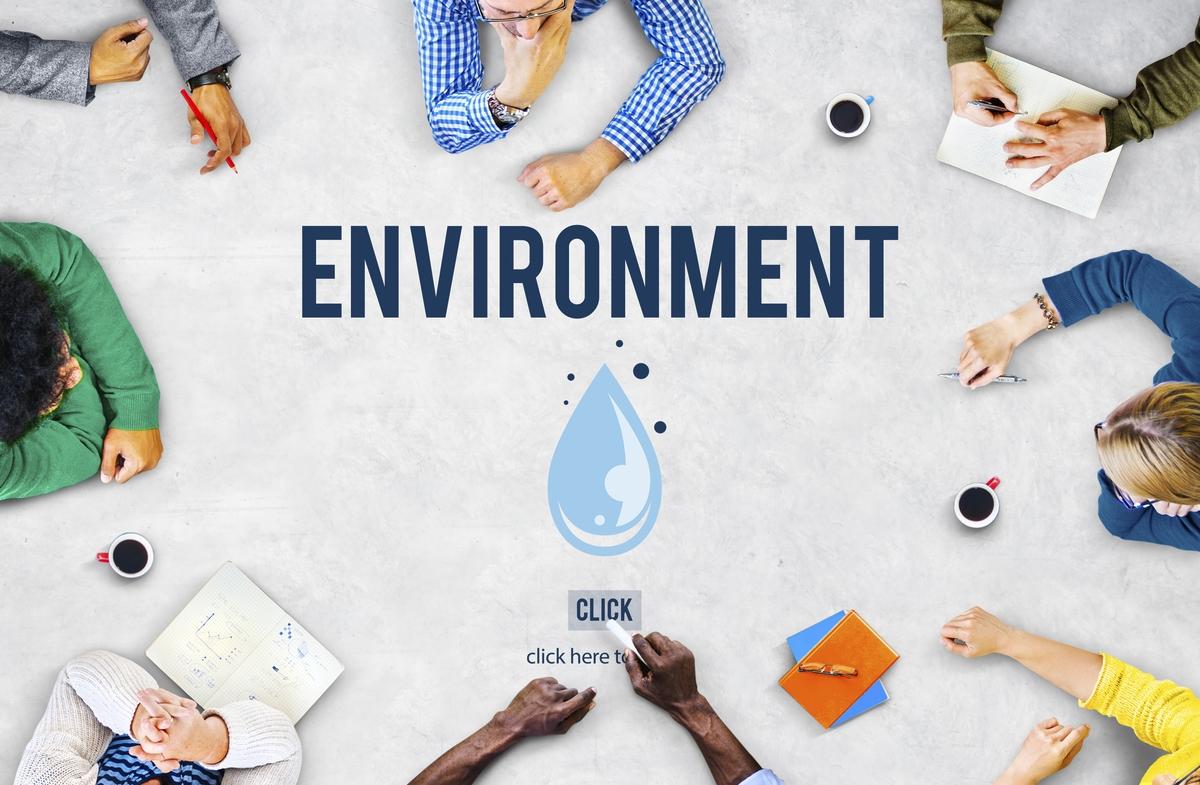Although this can vary based on the type and the size of the business, corporate offices tend to produce plenty of waste in general. Unfortunately, a significant percentage of this waste can easily be recycled, reduced, or repurposed, but a great program needs to be in place in order to reach success.
By reducing and recycling waste, your office can prevent unnecessary trash from ending up in the landfill, your brand will appear greener and more sustainable to consumers, and you might enjoy some cost-saving benefits as well. Here are some ways you can plan and implement the best office waste reduction program possible:
Start with an audit
When dealing with waste in your business, conducting a waste audit should be the first step toward a successful management program. This process doesn’t have to be overly complicated; simply walk around the premises, take a look at the current disposal solutions, attempt to identify key waste-producing areas, and see which type of waste is generated in each sector.
Performing an audit will enable you to establish the largest waste generators in your company, as well as the form of waste that is most commonly produced. With these results, you can make more informed decisions on when, where, and how waste can be reduced in your company.
Reduce where possible
Once a waste audit is completed, minimizing waste in different sectors will be a much simpler process, especially when it comes to industrial waste. However, even the office area itself can focus on more responsible waste management, as long as you implement a few small changes to your operational habits.
Encourage the use of reusable products instead of single-use plastics, purchase products and materials with less packaging, invest in durable equipment and maintain it regularly, use electronic communication whenever possible, or even aim to go entirely paperless. No matter how small, every effort counts toward reducing and managing office waste more efficiently.
Set zero-waste goals
Across Europe, on the other hand, zero-waste initiatives are gaining notable traction, and local businesses aren’t immune to this trend either. Low-waste and zero-waste movements focus mainly on modifying and monitoring a company’s operations in an effort to minimize waste as much as possible, or even eliminate it completely. Primarily, this means paying attention to the packaging, shipping, distribution, and even supply chain processes.
Recyclable and biodegradable materials are often used to reduce environmental impact, and you can easily implement these changes as well. However, a zero-waste initiative should go even further, promoting reusable products within the office and ensuring the amount of office waste produced is also minimized.
Implement better systems
Your waste reduction efforts won’t be effective unless you have certain systems in place that will facilitate better waste management. That is why Australian companies, for instance, tend to prioritize this part of the process. They often invest in a high-quality waste chute from Melbourne that enables them to achieve their waste management goals.
Robust and technological waste chute systems don’t only aid in easier sorting, managing, and disposal of waste, but they could also help with improving environmental friendliness and maintaining higher hygiene standards in the office. If you’d like to improve your operations, you can implement a similar system to streamline your waste reduction procedures as well.
Focus on recycling
Recycling is another key aspect of waste reduction. Whether you want to go entirely zero-waste or simply reduce your waste production to lower expenses, recycling the refuse that is generated in the office will provide a great benefit to the environment. You will minimize the amount of waste that ends up in the landfill, while lowering the demand for new material production, thus minimizing your carbon footprint even further.
Contact your local recycling centers, ask them to provide the necessary recycling bins, and consult them regarding sorting and removal. Most recycling centers will gladly accept common office materials such as plastic, paper, cardboard, wood, scrap metal, and even old electronics.
Prioritize education
Above all else, you should prioritize proper education and good communication. Unless everyone in the office is on board with your waste reduction program, your efforts might turn out to be futile. Collective effort is needed for making a real change, which is why you should ensure everyone from your staff to the visitors is familiar with your new waste initiatives.
Hold regular meetings, send educational emails, post signs, and posters around the office, and ensure all bins are clearly labeled. If everyone is aware of your waste reduction efforts, as well as the benefits of such a program, they will be more willing to do their part to help.
In conclusion
Depending on the industry you operate in, reducing waste can be a challenging process for many companies. But with a few smart solutions and the essential tips mentioned above, creating an outstanding office waste reduction program will be a breeze.
Written by Mike Johnston

